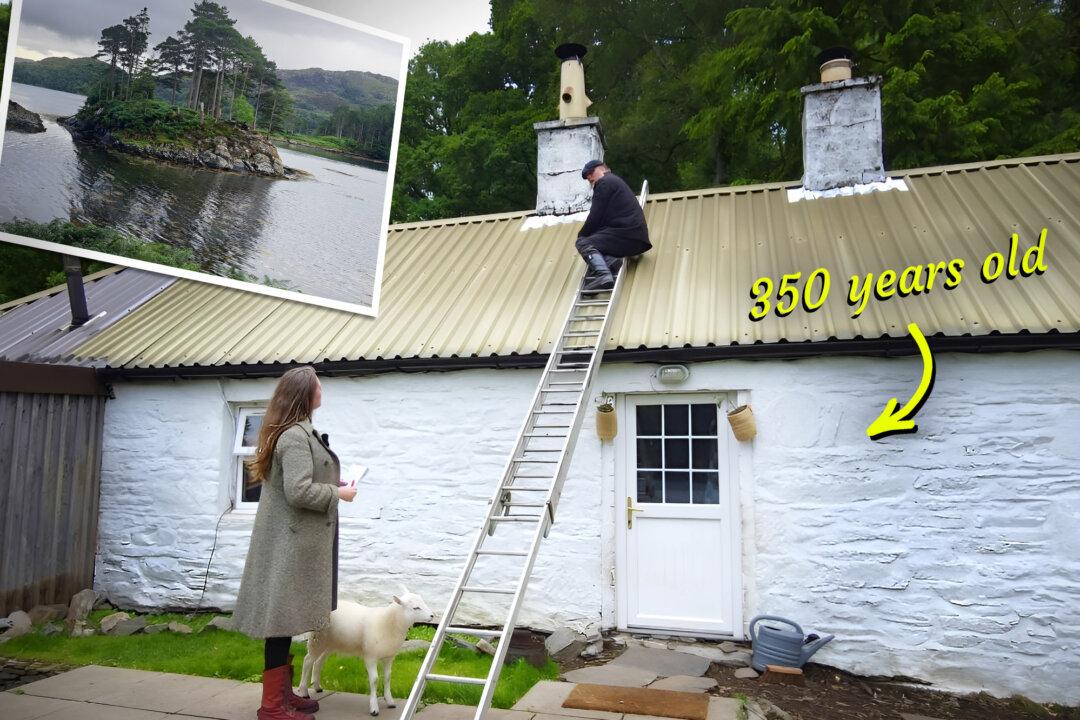Nothing is convenient about living in an ancient stone cabin on an empty Scottish isle. Dinner is handy—if you grab a fishing pole and catch it. The house is warm—if you stock enough fuel gathered from the back woods. Shopping? Forget about it. You'll have to cross to the mainland.
But, for city folk, life on the island, near the Isle of Skye, has its blessings, though it may take a process of reckoning to discover them.






